By Julie Tomascik
Green combines. Red tractors. Blue plows. Although the equipment varies in size and color, the job is the same—help farmers get their crops out of the field. Because it’s harvest season in Texas.
As farmers move from field to field, they have to drive their equipment on gravel roads, farm-to-market roads and major highways.
The big equipment moves slow.
And in our fast-paced world, it can seem like a major inconvenience to be stuck behind a combine, especially when you’re in a hurry.
Farmers get it. They know 25 miles per hour isn’t the fastest or most ideal speed. They understand you have places to be, deadlines to meet and families to see. They can relate.
Because they’re just trying to do their job—to get to the next field, to meet the deadline of harvesting their crops before it rains, to get home safely to see their family at the end of a long work day.
But it’s not just the large tractors and harvesting equipment. It’s also ranchers pulling trailers of cattle, sheep, goats, pigs and sometimes horses. It’s a trailer loaded down with hay or produce.
Those ranchers need space, too. They can drive faster than 25 miles per hour, but stopping quickly would put the lives of the ranchers and livestock at risk.
Accidents involving farm equipment and other vehicles happen every year, and families are forever changed.
Farmers and ranchers respect your right to the road, but they’d like that same courtesy extended to them.
It seems, however, that awareness is often the toughest thing to grow. Awareness about what farmers and ranchers do, but also about farm safety—on and off the road.
That’s where we all come into play.
Here are 7 things you can do when you meet farm equipment on the road:
1. Be alert and cautious. And give large farm equipment and other slow-moving vehicles space.
2. Do not pass if you are in a space designated as a “No Passing Zone” or in any area that is not safe to do so—intersections, bridges and railroad crossings, among others.
3. Make sure the tractor isn’t trying to make a left turn before you pass on the left.
4. Expect farm equipment to take wider turns and even have to use both lanes at times.
5. Don’t tailgate. Give yourself space between your vehicle and the slow-moving vehicle ahead of you.
6. Don’t assume the farmer knows you’re there.
7. Be careful when you do get the chance to pass. And often, farmers will move their equipment over when it is safe to do so.
And be mindful of the areas around grain elevators, auction barns and farm entrances. Farm equipment and heavily-loaded trucks will be turning in or pulling out onto the road.
As you drive behind or pass that farmer or rancher, think how you’d feel if that was your spouse, your child, your parent, your sibling, your friend. And treat the driver accordingly.
Please, slow down.
Let’s all get home safely this harvest season.

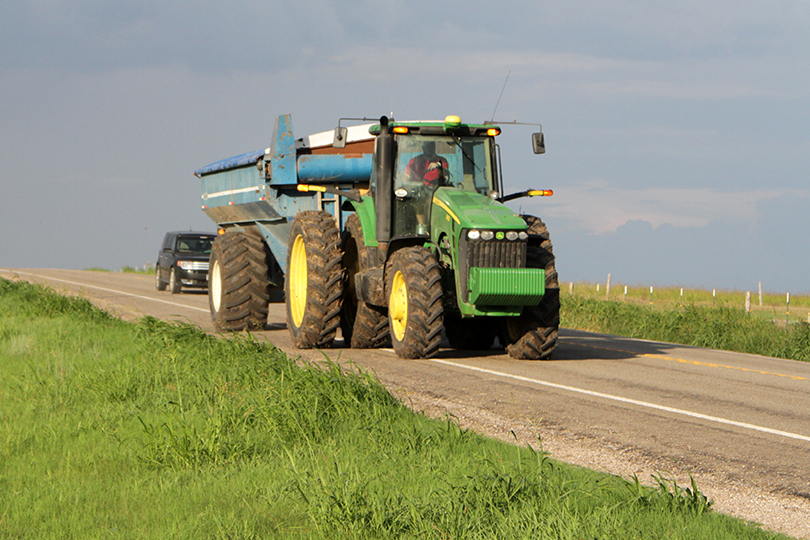
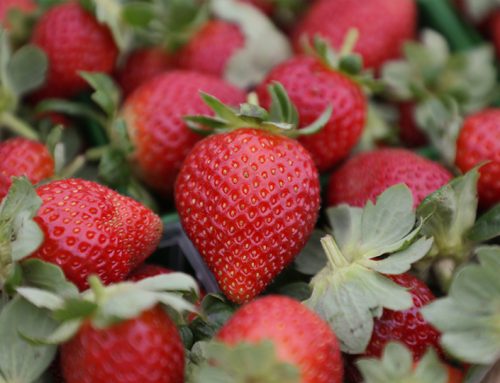
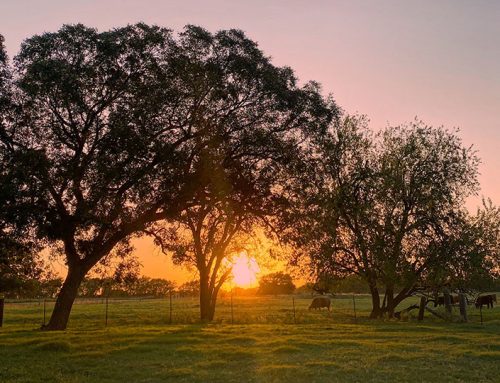
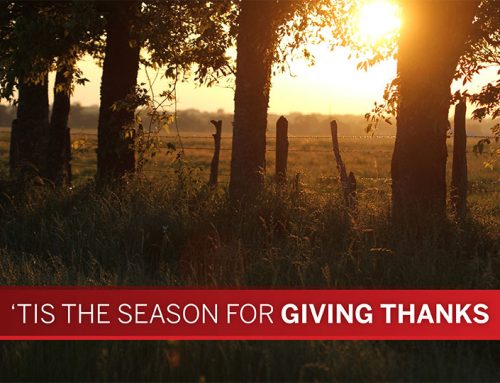
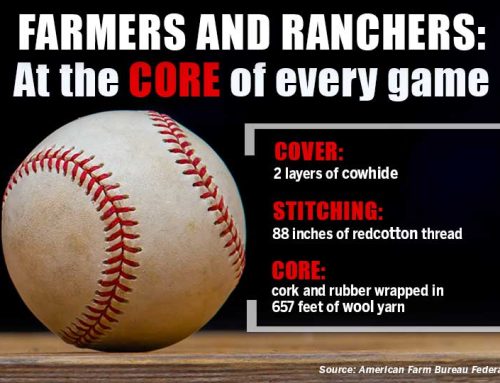
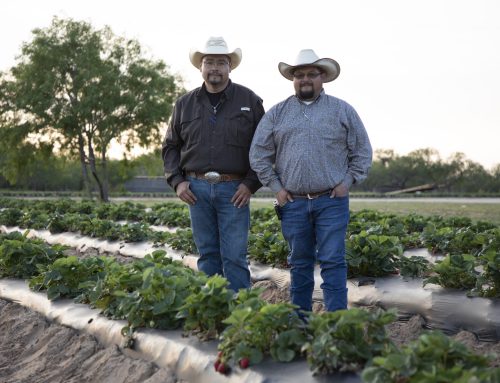




Leave A Comment